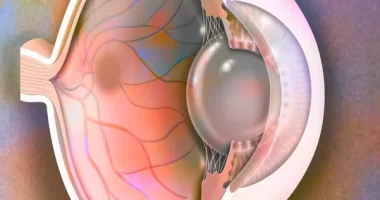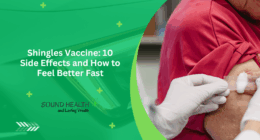Diagnosis of blood clots is not always straightforward as the symptoms can mimic the normal symptoms of pregnancy.
While pregnancy brings good news to families, there is an associated small risk of developing blood clots. This is because the blood progressively gets more ‘sticky’ during the course of the pregnancy and blood flow in the veins gets more sluggish as the baby grows. The downside of this natural process is that about one in a thousand mothers develop blood clots. DVT or Deep Vein Thrombosis is a blood clot which develops in the legs and can travel to the lungs where it is called Pulmonary Embolism or PE. Taken together DVT and PE comprise venous thromboembolism or VTE. VTE can occur throughout the pregnancy but is most common in the weeks after delivery. Previous history of VTE, older age and obesity or caesarean section delivery can further increase the risk.
Signs and symptoms
Diagnosis is not always straightforward as the symptoms can mimic the normal symptoms of pregnancy. The common symptoms of DVT are calf or thigh pain, one-sided leg swelling, redness and warmth of the leg and PE typically presents with sharp chest pain on breathing in and breathlessness. Very occasionally, especially with a large clot that has not been treated early, the person may collapse or faint due to the PE and this can be life-threatening.
Dealing with VTE
If there are signs or symptoms suggestive of VTE, medical attention should be sought as a matter of urgency. Prompt diagnosis and treatment usually results in good outcomes. DVT is diagnosed by ultrasound scan of the leg and PE by chest scan, both are safe for mother and baby.
Both DVT and PE are treated in majority of cases using blood thinners or anticoagulants. Low molecular weight heparin (LMWH) given daily by injection is the preferred anticoagulant and is safe for mother and baby both in pregnancy and for the postpartum period. If the VTE occurs late in pregnancy or after delivery, there is the option of using an oral anticoagulant (usually warfarin) in the postpartum period following initial heparin treatment. In breast feeding mothers both LMWH and warfarin are safe for the baby, there is insufficient safety information regarding the newer oral anticoagulants (called ‘DOACs’).
Also read: Eye twitching: Optician warns spasms could be a sign of brain and nervous system disorders
Prevention Practices
General preventive measures for all women include staying active and well hydrated in pregnancy and during the postpartum period. A healthy lifestyle in pregnancy would also mean avoiding smoking and alcohol. During long distance travel it is also important to keep mobile and do exercises to keep the calf muscles active.
It is important that all women are risk assessed for their risk of VTE during pregnancy and at/after delivery and preventive measures used as appropriate. In women known to be at risk such as those with previous blood clots, daily LMWH injections are used for prevention during pregnancy and for 6 weeks after. After delivery it is also customary to give 10 days of preventive LMWH injections after emergency caesarean section or in overweight or older mothers.
This post first appeared on The Health Site










Comments are closed.